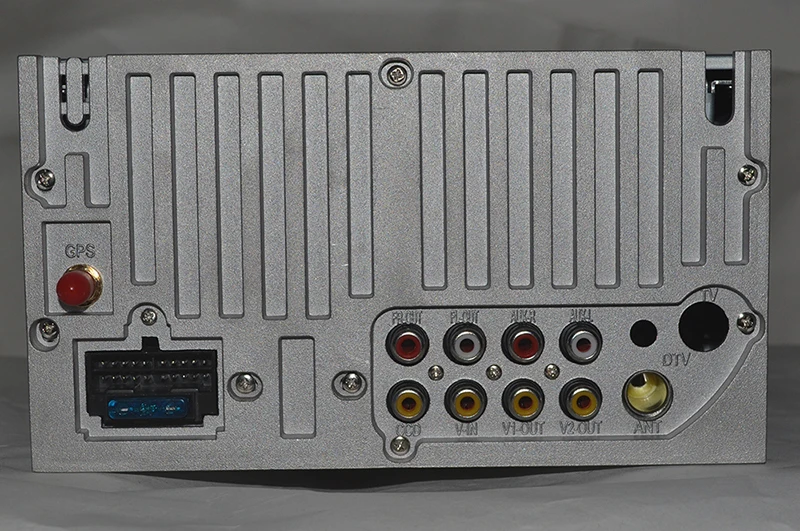

In reviews a certain terminology is often used when we speak off bass, mids and treble e.t.c. For headphones it is even harder, if not impossible, to create a flat frequency response over the entire frequency range for many physical reasons. It is impossible to reach those values is a normal (listening room) though. Top of The Line speakers may even go from 30Hz to 30kHz within +/-1dB when measured in an anechoic room. Loudspeakers (the better ones) can be reasonably ‘flat’ from 50Hz to 20kHz within +/- 3dB. Strangely enough a 10dB doubling is not perceived the same as a 10dB decrease in amplitude due to the way our hearing works. For the human hearing a 10dB difference is considered a halving (or doubling) of the perceived loudness of a signal. A difference of 3dB is already clearly noticeable and 6dB is a halving of the amplitude. A gradual sloping frequency range that drops of a maximum of 0.5dB at the extremes of the range (20Hz and 20kHz) is considered to be indistinguishable by most people. An amplitude step of 0.2dB is detectable by most.

Differences of 0.1dB are almost impossible to detect. At least all good equipment should at least have a range between 30Hz and 18kHz without a deviation relative to a signal of 1kHz smaller than 0.5dB. This is something that is easily achieved in the electrical domain by amplifiers, and music sources. Amplifiers and DAC’s could well have a response as shown above.Īll frequencies should be reproduced equally loud when the same amplitude signal is applied.

No headphone nor speaker will ever have a response as shown above. When a headphone would exist with a flat frequency response as shown below in the plots on this website it has slightly elevated bass in reality.

Sometimes I then reach for a different headphone or skip the song/album. When poorer quality sound is heard then I realize it sounds poorer because the recording is poorer. The plot below thus sounds good to me with well made recordings. Therefore this is what I chase and hope to find. At least for me this helps.įor me otherwise ‘ flat‘ (+ that small bass boost) sounds as perfect as can be expected with well made recordings and my personal taste in music. This ‘lack’ of sensory input can be more or less compensated by adding some extra bass.
#Pioneer stereo master tube receiver slanted scales skin#
Believe it or not but low frequencies are also picked up by nerves in the skin which ADDS to the low frequencies we hear with the ears. That being said, my personal preference lies in ‘flat’ with a few dB (sub)bass boost to compensate for the lacking tactile ‘feeling’ of bass. What others might find ‘perfect’ may sound as an abomination to others/you. One should chase their OWN personal preferences/sound signature and not those of others. This thus is a very good reason to own 2 or more headphones with a different tonality so you can pick one based on your taste.Ī one headphone does all perfect solution does NOT exist unless all recordings were perfect and all tastes were the same. Headphones like that, however, may sound ‘exaggerated’ in certain aspects or ‘veiled’ with well made recordings though. Some poorer recordings may sound somewhat better on headphones with a specific coloration such as ones with elevated bass, ‘warmer’ or ‘colder’ sounding headphones or headphones with a dip between 1kHz and 5kHz (takes the ‘edge’ of recordings). taste/preference of a specific sound signature/color.ALL aspects of that recording and those are MANY.ĭeviations in the frequency response (linear distortion) largely determines the tonal character of a headphone.Ĭertain linear distortions in the frequency response are often preferred over no linear distortion (flat frequency response) by most listeners. How good a particular recording sounds, under these circumstances, depends completely on the recording itself. In fact a recording may sound quite poor but can also sound extremely nice. This does NOT mean the reproduced signal sounds like a real-life recording. When this is the case AND non-linear distortions as well as the time-domain issues not being there the reproduction of the original recorded signal is perfectly reproduced. When a headphone, speaker, amplifier or DAC has little to no linear distortion the frequency- (and phase-) response is flat.Īll frequencies are there in equal amplitude and in the same phase. Linear distortion does not produce new (unwanted) signals, contrary to non-linear distortion. Phase response is not covered in this topic. Published: Mar-18-2017, updated: Sep-6-2020įrequency response deviations, as well as phase response, are so called ‘linear distortions’. power, efficiency, levels, balanced, impedance.Foobar 2000 for Dummies (Part 2) – Playing DSD – SACD plugin.Foobar 2000 for Dummies (Part 1) – General Setup.Subjectivist, Objectivist or Inbetweenivist ? (website links).


 0 kommentar(er)
0 kommentar(er)
